Hello master minds, this is something beyond our niche. Taking into consideration of world pandemic. I would have to share some reasons-- Wuhan Virology Lab Caused 2019-nCoV.
Let's get started

The official story is that 2019-nCoV started in a seafood market in Wuhan. Unclean animals sold there were carrying the virus, Chinese scientists have suggested, and, as a result, some unlucky shoppers ended up becoming patient zeros for a global crisis.

The Wuhan Center for Disease Control & Prevention isn’t just an administrative office. Scientists were inside that building actively conducting research — including studies on coronaviruses in bats.
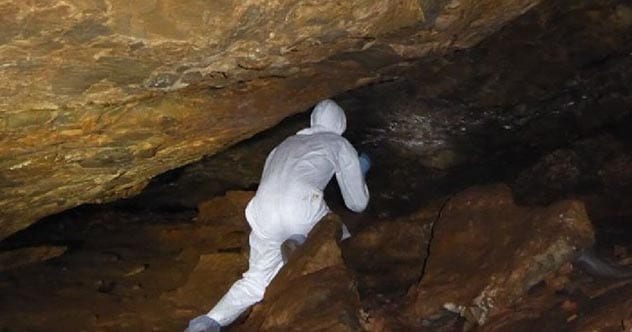
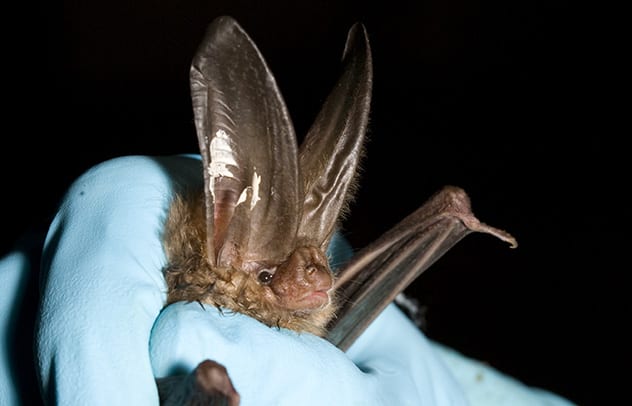
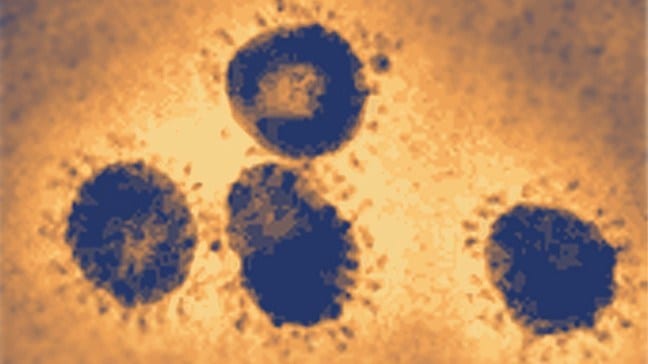
Of course, it’s also possible that the staff at the Wuhan Institute of Virology just didn’t use every possible precaution.
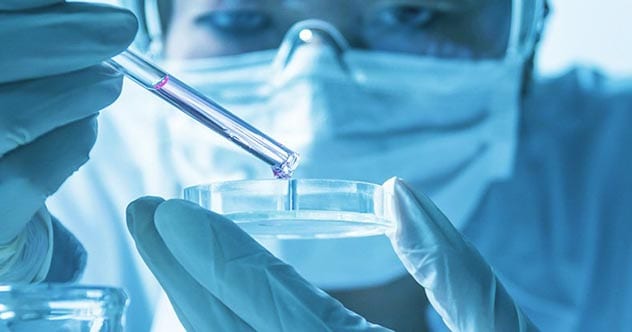
The staff at Wuhan Institute of Virology didn’t just work on cures. They also spent some developing new, super viruses of their own.
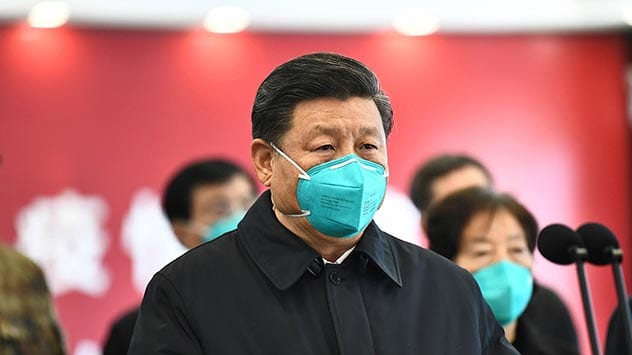
Infectious disease specialist Daniel Lucey got the chance to review the documents and data China had in its possession when 2019-nCoV broke out, and he came out of it baffled. Their official story, he said, just didn’t make any sense.
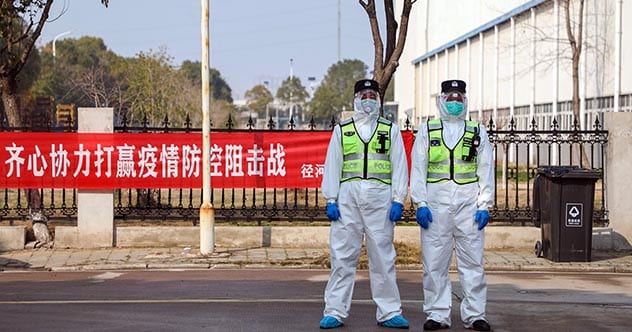
The biggest smoking gun of them all came straight out of the mouth of President Xi Jinping.
Let's get started
“We are not just battling the virus, but also conspiracy theories,” a spokesman for the Wuhan Institute of Virology has said. “Conspiracy theories do nothing but create fear, rumors, and prejudice.”
Coronavirus outbreak began: that his Virology Lab, at the heart of Wuhan, might be responsible.
In a way, he was right. In a time of crisis, the last thing anyone would want to do is spread fear — especially if it’s based on nothing but a baseless rumor.
But when you start looking into those claims that the epidemic that’s already infected almost 250,000 people across the world started in a Wuhan Virology Lab, it starts looking like something other than a conspiracy theory. It starts looking like an explanation that holds up unnervingly well — and that, if we take the time to look into it, could help prevent something similar from happening again.
10The Outbreak Started Across The Street From A Virology Lab

The official story is that 2019-nCoV started in a seafood market in Wuhan. Unclean animals sold there were carrying the virus, Chinese scientists have suggested, and, as a result, some unlucky shoppers ended up becoming patient zeros for a global crisis.
You’ve probably already heard that explanation before, and there’s a good chance you’ve accepted it as a fact — but there are some glaring problems with it.
For one thing, the first patients with 2019-nCoV have no connection to the market whatsoever. They lived nearby, and they appear to have spread the disease to people who went there — but the real patient zeros never actually stepped foot inside of it.
Also, 2019-nCoV is believed to have originated in bats — and this was a seafood market. Nobody was selling bats inside of this market. Bats just aren’t something people in Wuhan normally eat.
Even China’s scientists have started backing away from this theory. To quote one directly:
“It seems clear that [the] seafood market is not the only origin of the virus… But to be honest, we still do not know where the virus came from.”
A lot of people have pointed to the Wuhan Institute of Virology, which is just a 30 minutes drive for the seafood market. But if that’s not close enough for you, there’s another lab that researches bat coronaviruses that’s even closer: The Wuhan Center for Disease Control & Prevention.
It’s not just on the other side of town. It’s on the other side of the street.
9The Wuhan Virology Lab Was Studying Bat Coronaviruses

The Wuhan Center for Disease Control & Prevention isn’t just an administrative office. Scientists were inside that building actively conducting research — including studies on coronaviruses in bats.
A lot of researchers in Wuhan were. It had been a major project for the city, and the Wuhan Institute of Virology took great pride in. They were at the forefront in researching the causes of SARS, and it was their researchers who had proven that the last SARS outbreak originated in bats.
They had to look at an awful lot of sick bats to do it, though. Researchers had been gathering bats infected with the coronavirus since at least 2012, and they were focusing on ones that could spread their illness to human beings.
There were hundreds of bats in Wuhan’s labs when the 2019-nCoV outbreak started, and the researchers there were studying at least 11 new strains of SARS-related viruses in them.And, yes — they were doing it across the street from the place where the outbreak started.
82019-nCoV Is a 96% Match For A Bat Virus In The Wuhan Virology Lab

The coronavirus that’s spreading around the world at this very moment has been called “novel” because it’s unique. It’s different from past diseases, like SARS. About 30% different, to be exact.
That’s not just a number we pulled out of our heads. Scientists have compared the genetic sequence of SARS to 2019-nCoV, and they’ve found that they’re about 70% similar.
That’s a rough number — the real one might be a bit higher. But the real number probably isn’t 96% — which is the percentage match scientists have found between 2019-nCov and a form of the coronavirus carried by bats inside of the Wuhan Institute of Virology.
“But wait a minute,” you say. “If those bats had the virus, there were probably bats all around Wuhan that had it — right?”
Afraid not. 2019-nCoV isn’t just similar to bat coronaviruses in general — it’s similar to a very specific strain of bat coronavirus carried by bats in the Wuhan Institute of Virology. Not every bat coronavirus has that 96% match — in fact, when another lab compared 2019-nCoV to their own bats, the closest match they could find was 88%.
And those bats weren’t local. If you were living in Wuhan and you really wanted to find one of those bats, you’d either have to go to the virology lab or to the place those bats had come from: Yunnan and Zhejiang.
That’s a little over 900km away.
7An Infected Bat Bled On A Researcher Shortly Before The Outbreak

Ok, so a disease lab was researching diseases. So what? That doesn’t prove that it ever got out — right?
While it’s highly unlikely that the Wuhan Institute of Virology deliberately plagued its own people, it really wouldn’t have been that hard for somebody to catch it by accident.
Imagine if a bat attacked a researcher and, in the chaos, spilled its blood onto his bare skin. Or imagine if he got a bit too close and got bat urine on his body. Or imagine both of those things happened to the same person not long before the 2019-nCoV outbreak began.
That’s exactly what happened. According to a report by Chinese researchers Botao and Lei Xiao, a researcher named Junhua Tian described these exact experiences in an interview with the Changjiang Times.
Junhua Tian claims he quarantined himself to keep from spreading these disease — but even if he and his colleagues used every possible precaution, it’s possible that the virus still could have leaked out.
One thing we’ve learned since the outbreak is that people can show no symptoms at all and still be infected. And, according to a recent study out of Japan, people who have recovered can still carry the virus.
6SARS Escaped From A Beijing Lab Twice

Of course, it’s also possible that the staff at the Wuhan Institute of Virology just didn’t use every possible precaution.
It wouldn’t be the first time someone’s walked out of a Chinese virology lab carrying a deadly sickness. It’s happened before — in fact, it once happened twice in a single month.
On April 4, 2004, a postgraduate student working at a virology lab in Beijing was diagnosed with SARS. She had gotten infected while researching the virus, and, unaware that she was sick, walked out into the public and very nearly caused a second outbreak.
That’s pretty bad — but what makes it downright terrifying is that, two weeks later, another postgraduate student working at the exact same lab did the exact same thing.
That’s not just negligent. According to scientist Antoine Danchin, it should technically be impossible.
“Normally, it’s not possible to contaminate people even under level two confinement if the security rules are obeyed,” he said after the incident. “It suggests there has been some mishandling of something.
“The lab might have all the right rules, but the people may not comply.”
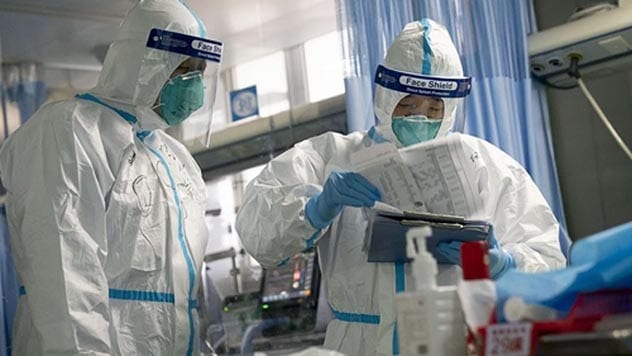 5The Wuhan Virology Lab Was Testing A Virus That Matches 2019-nCoV
5The Wuhan Virology Lab Was Testing A Virus That Matches 2019-nCoV
In case there was any doubt, the Wuhan Institute of Virology definitely had postgraduate students on staff.
We can confirm that because, on Nov. 18, 2019, shortly before the breakout, the institute put up a job posting asking for postgraduate students to help study the coronavirus in humans and bats.
That’s not exactly out of the ordinary — but the description in the job posting is a little disturbing. It says that they were particularly interested in molecular mechanisms that let coronavirus lie dormant for a long time without symptoms.
Sound familiar? That’s one of the distinguishing traits of 2019-nCoV — the fact that people can go around without any apparent symptoms and still spread it.
322 of the people on the Diamond Princess cruise ship tested positive without symptoms, and there’s proof that those asymptomatic people can spread the disease. In fact, one woman is confirmed to have spread it at least five people without showing any symptoms of her own.
4Researchers At The Lab Had Recently Created A New Coronavirus

The staff at Wuhan Institute of Virology didn’t just work on cures. They also spent some developing new, super viruses of their own.
In 2015, two researchers at the Institute participated in an international experiment led by American scientist Ralph Baric. The goal? Create a new coronavirus with the ability to infect human beings.
If that sounds like a weird goal to you, you’re not alone. A significant part of the scientific community was outraged by this experiment.
“The only impact of this work is the creation, in a lab, of a new, non-natural risk,” biologist Richard Ebright protested when the work came out.
French virologist Simon Wain-Hobson agreed. “If the virus escaped,” he warned, “nobody could predict the trajectory.”
32019-nCoV Has Eerie Similarities to HIV
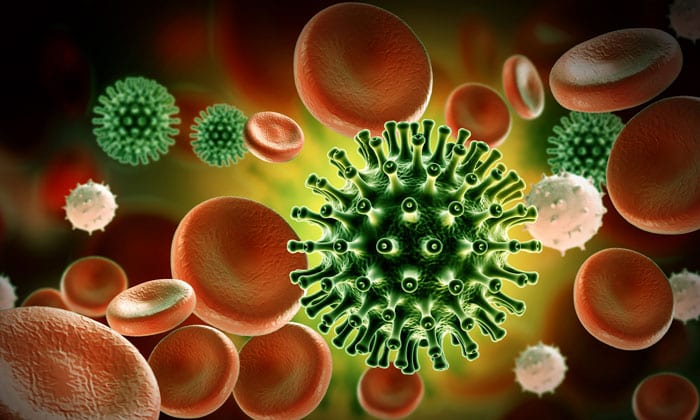 |
| According to a controversial study out of India, some aspects of 2019-nCoV have “uncanny similarities” to HIV. |
Full disclosure — this study’s gotten a fair degree of scrutiny. Some scientists have questioned whether it used enough data to be statistically significant, and they’ve put it through the wringer enough that, at this point, the study’s authors have withdrawn their work.
But while their work might be unproven, that doesn’t necessarily make it wrong — and there’s a little bit of evidence to back it up. HIV drugs are proving to be remarkably effective in treating the drug, and most patients are showing low white blood cell counts — something that doesn’t happen with any other form of coronavirus.
That’s creepy — because researchers in the Wuhan Institute of Virology have worked on or conducted studies combining SARS-CoV and an HIV pseudovirus in bats and humans.
There’s no hard proof that the 2019-nCoV is a man-made virus — but if scientists ever find proof that it is, there’s a lot of reason to be worried.
2The Communist Chinese Government Ordered Silence

Infectious disease specialist Daniel Lucey got the chance to review the documents and data China had in its possession when 2019-nCoV broke out, and he came out of it baffled. Their official story, he said, just didn’t make any sense.
“China must have realized the epidemic did not originate in that Wuhan Huanan seafood market,” Lucey told the press.
Perhaps he was right. Perhaps somebody in Wuhan knew that the story didn’t add up even when they first announced it. But if they did, they were under strict orders not to say anything about it.
On Jan. 2, 2020 — the day after the Huanan seafood market was blamed for the disease — the Wuhan Institute of Virology sent out a disclosure strictly “prohibiting disclosure of information” on 2019-nCoV.
Some scientists have spoken up anyway. A good part of this article, for example, draws from a study by the National Natural Science Foundation of China called “The possible origins of 2019-nCoV coronavirus”.
It might not surprise you to find out that, shortly after that study was released, the communist government did its best to pull it off the internet with as much vigor as they are using in attempting to stop people referring to the virus as a “Chinese virus” or as the “Wuhan flu”.
1The Chinese Government Is Tightening Up Biolab Security

The biggest smoking gun of them all came straight out of the mouth of President Xi Jinping.
On Feb14, 2020, President Xi gave a speech on the need to contain 2019-nCoV. Chinese, he said, needs to “learn our lessons… so we can strengthen our areas of weakness and close the loopholes exposed by the epidemic.
While Xi was never completely explicit about how those loopholes were to be closed, he did announce his plan to push through a new law for “bio-security at laboratories” specifically targeting the use of biological agents that “may harm national security”.
The very next day, the Chinese Ministry of Science and Technology followed up on Xi’s speech with a new directive entitled: “Instructions on strengthening bio-security management in microbiology labs that handle advanced viruses like the novel coronavirus.”
There’s only one microbiology lab in all of China that handles advanced viruses like the novel coronavirus. It’s the Wuhan Institute of Virology.
THANK YOU

Comments
Post a Comment
Please post your queries